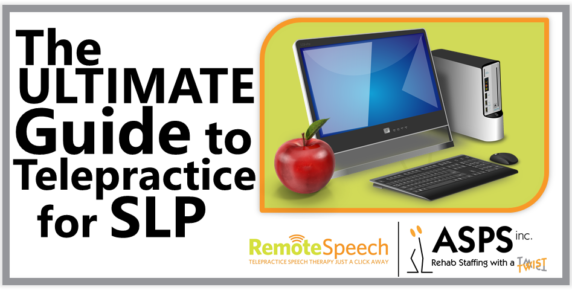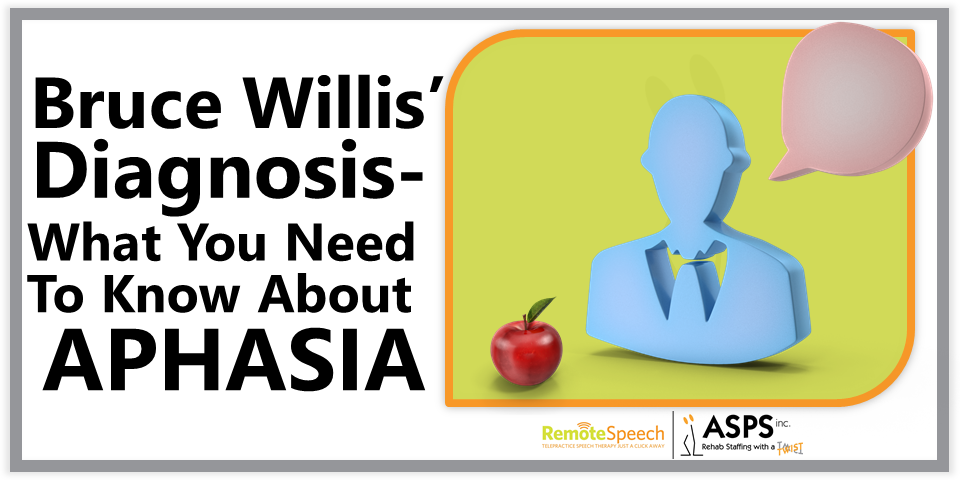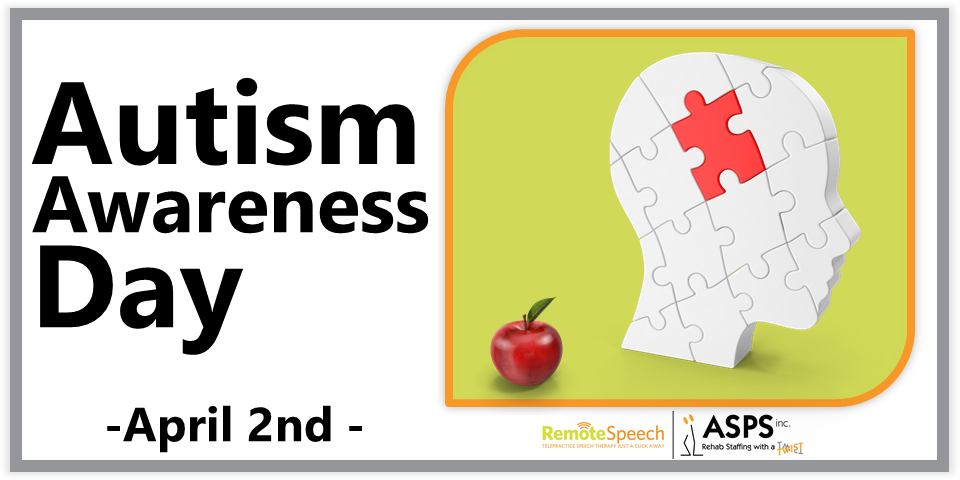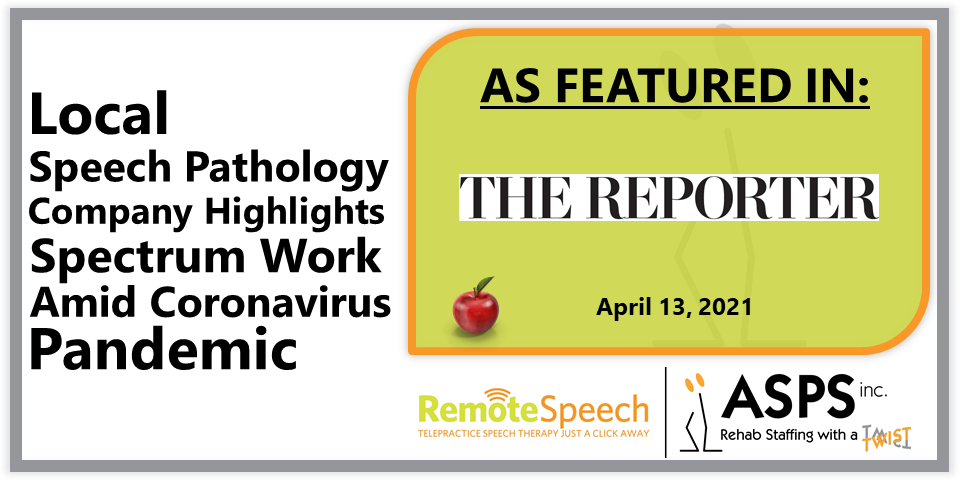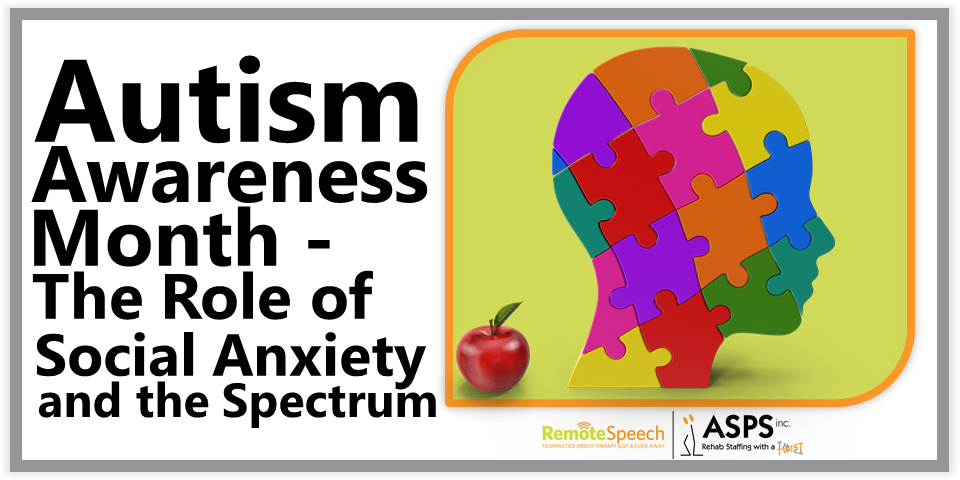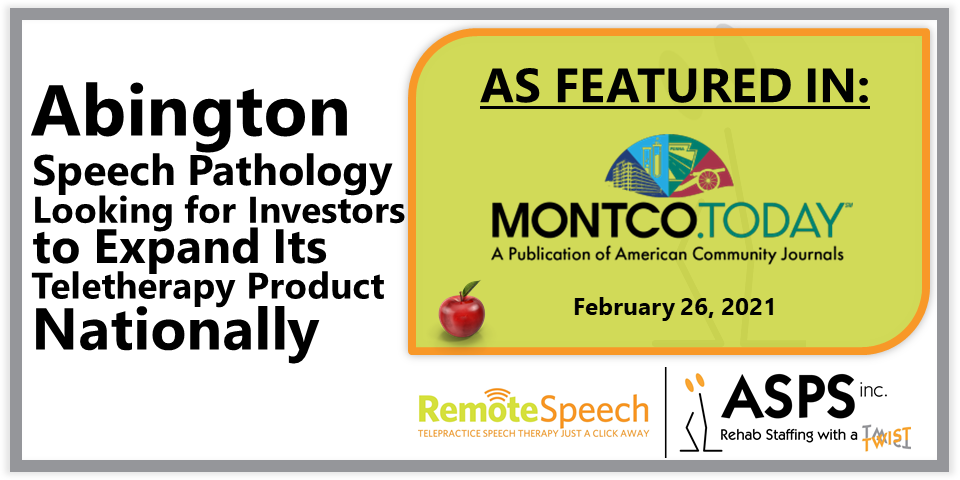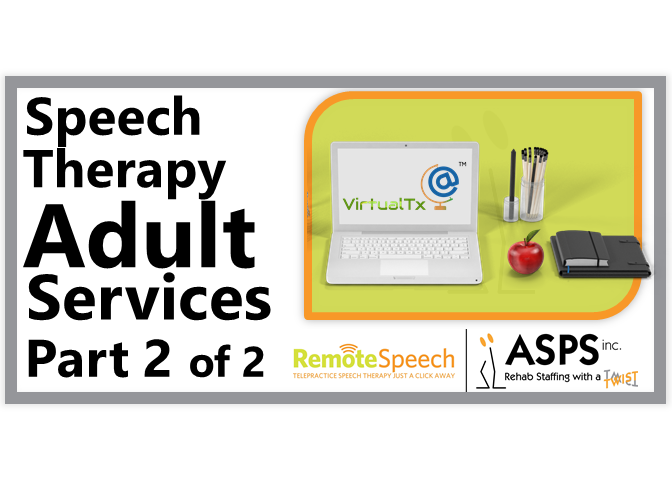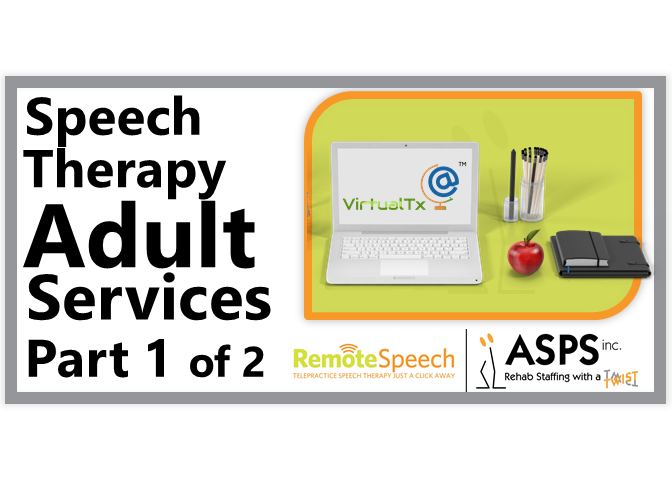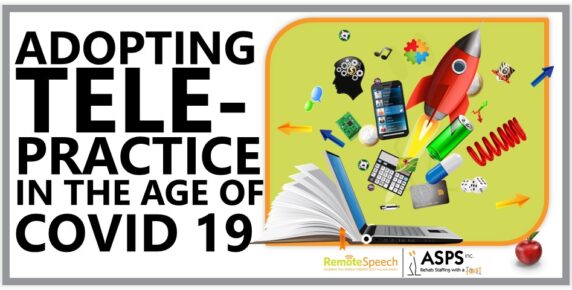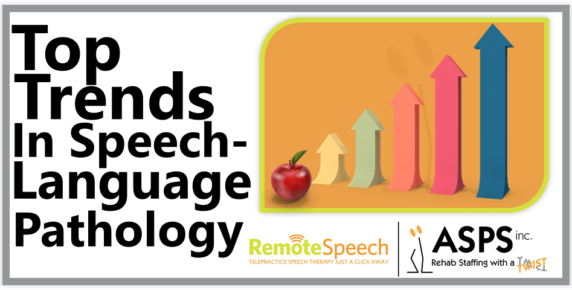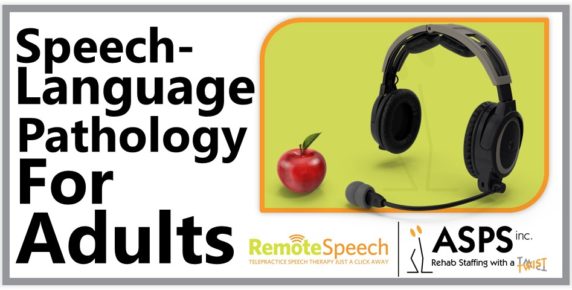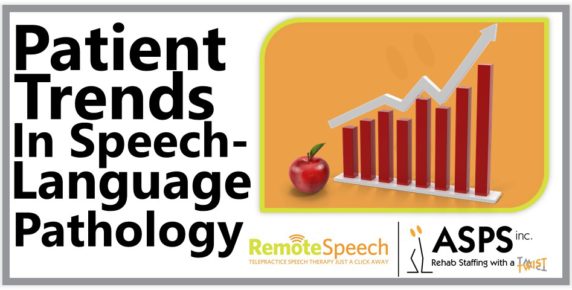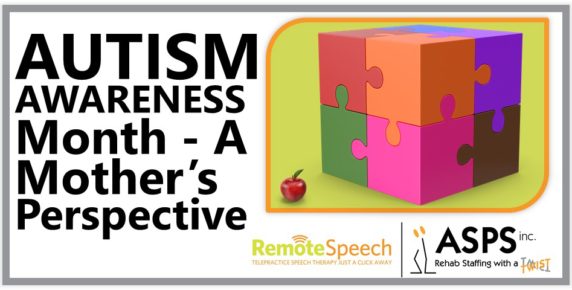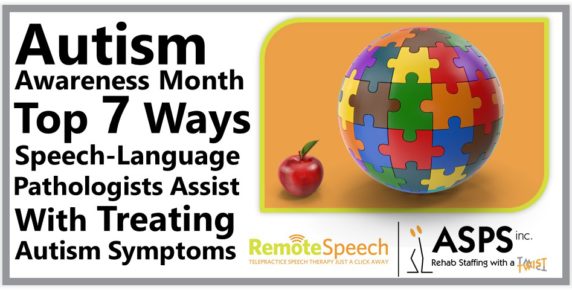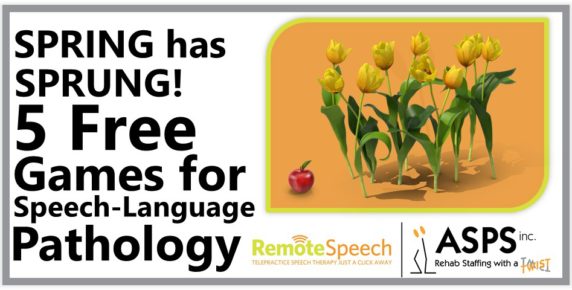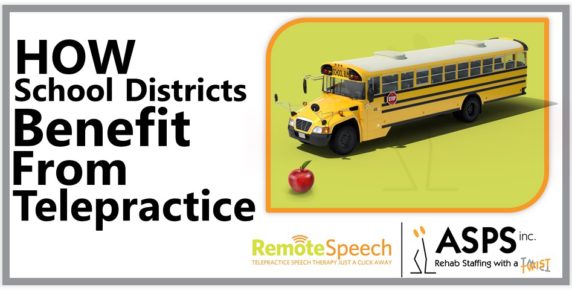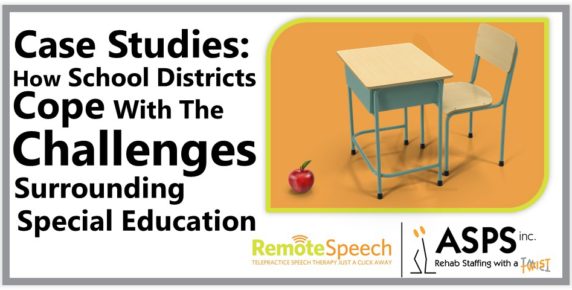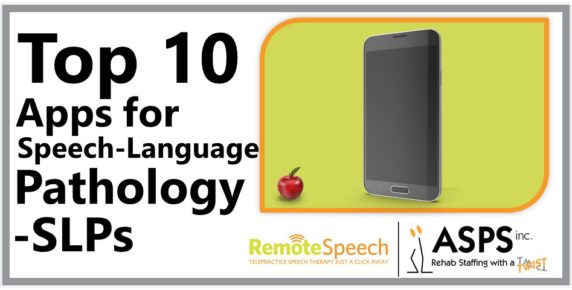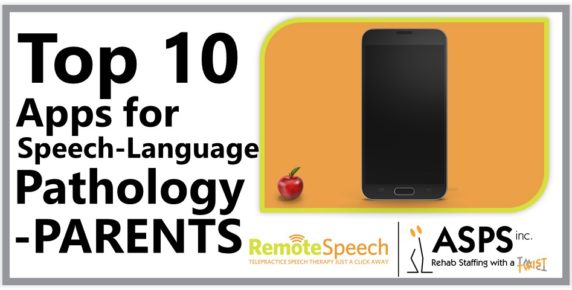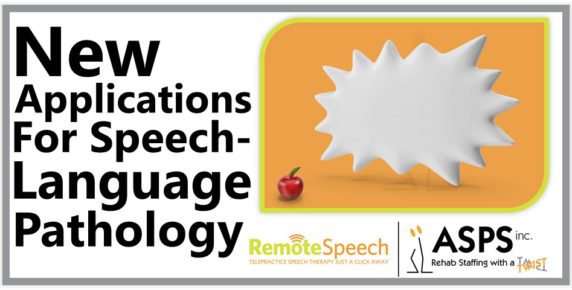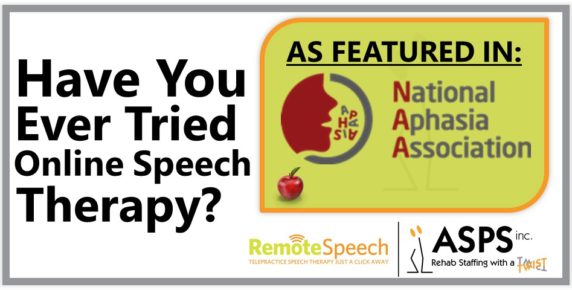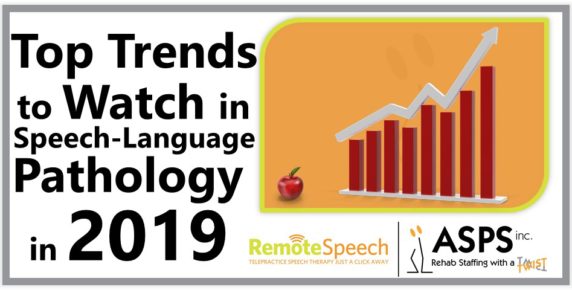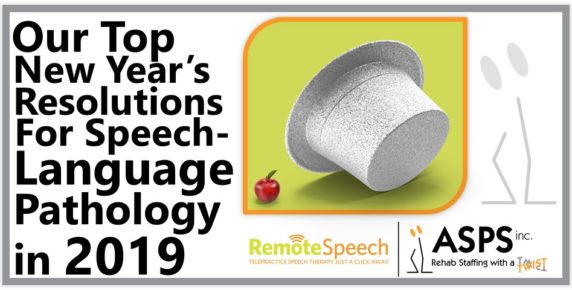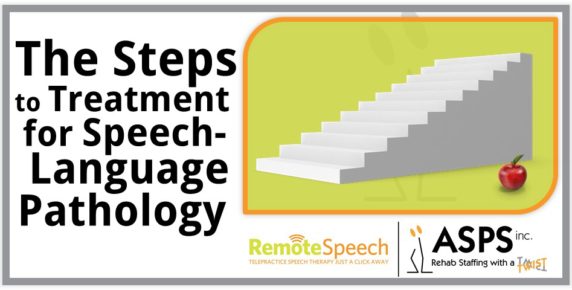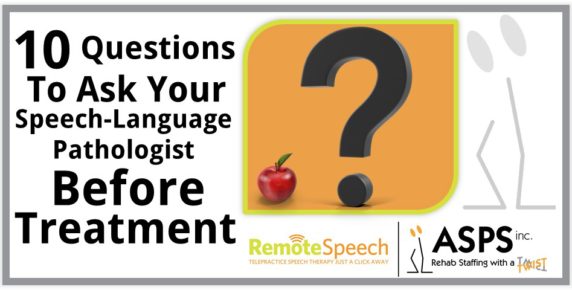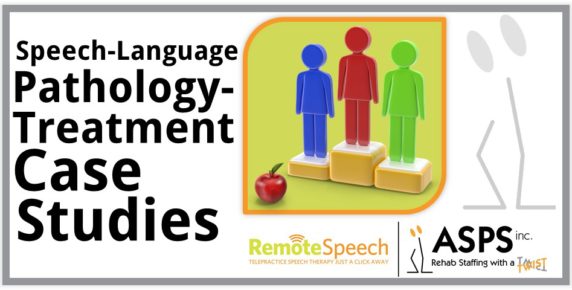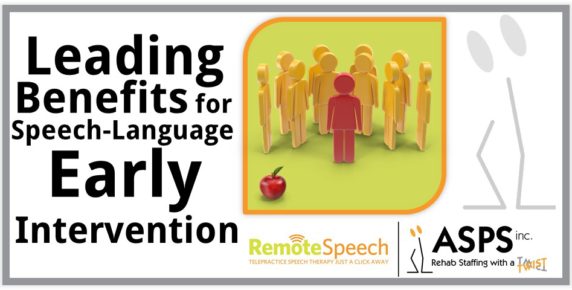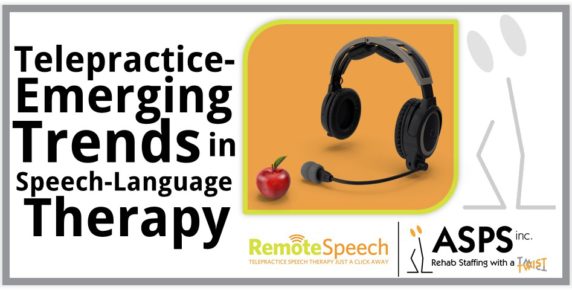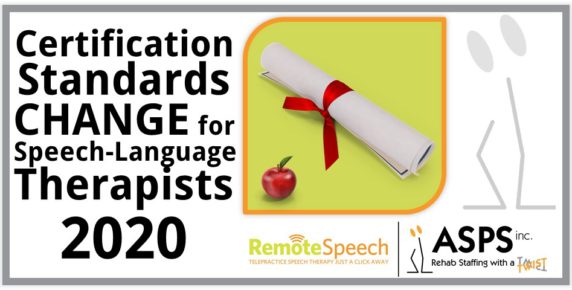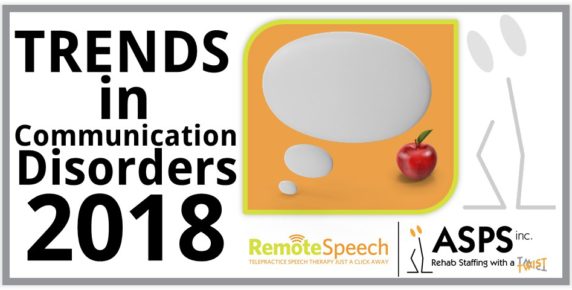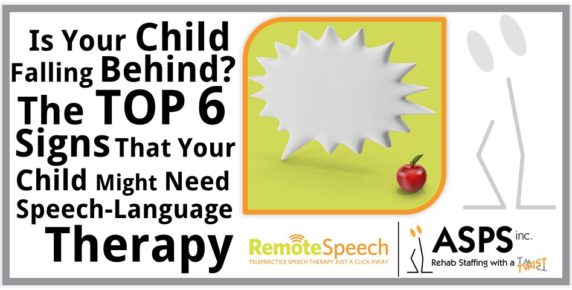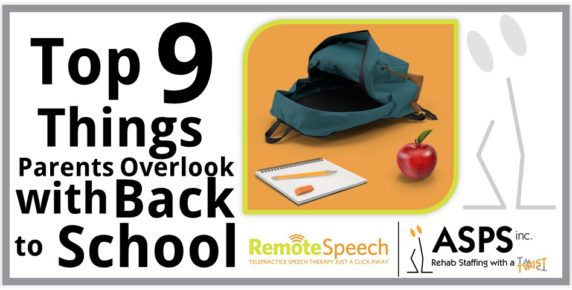Case Study: See Telepractice In Action!
Caribbean Center for Child Development in the Bahamas has been working with RemoteSpeech to provide their students with quality speech and language support serving over 600 Islands.
Telemedicine is getting a lot of coverage these days, as a leading solution to deal with the most unprecedented events in our history. The concept of telemedicine allows for certified, healthcare providers to treat an individual from the comfort of their home, through live interactions. While telemedicine continues to grow over the years, it has long been an effective solution for speech-language pathology.
Remote speech-language pathology is also commonly known as “Telepractice” by The American Speech Language Hearing Association (ASHA). ASHA adopted the term telepractice rather than the frequently used terms telemedicine or telehealth to avoid the misperception that these services are used only in health care settings. Other terms such as teleaudiology, telespeech, and speech teletherapy are also used by practitioners in addition to telepractice. Services delivered by audiologists and speech-language pathologists (SLPs) are included in the broader generic term telerehabilitation (American Telemedicine Association, 2010).
In this article, we present the ultimate guide for everything you need to know about Telepractice, to keep you and your loved ones on-track for the remainder of the school year.
1. TELEPRACTICE ISN’T NEW.
While telepractice has diverse functions today in 2020, as noted in: Telepractice and Professional Licensing: A Guide for Legislators, it is a long-established practice. It notes:
The interest in telepractice, by the government and the health care industry, intensified during the 1980s and 1990s for a variety of reasons. The technologies to support telepractice dramatically dropped in cost during this time, both because of the proliferation of supporting networks and the increasing capabilities of personal computers to support the activities involved. The lower costs strengthened the federal government’s resolve to work toward the development of a National Information Infrastructure (NII), described as a “wide-area, comprehensive, integrated, network information system.
Further, the health care industry is more open to telepractice now that integrated delivery systems are common. For example, health maintenance organizations (HMOs) have broken down scopes of practice and downsized staffs to make the most of limited resources. From a financial standpoint, the ability to provide patients with electronic access to distant specialists saves travel costs and makes it a natural, cost-effective approach. Telepractice also increases professional mobility and the health care industry’s ability to expand into new and global markets. It is attractive to the public and private sectors alike. Telepractice can compensate for health personnel shortages while reducing costs for those who can obtain access to the services. For a growing number of consumers, who are increasingly in control of their own health delivery service, it could become the tool of choice.
Learn more:
- Telepractice- Emerging Trends in Speech-Language Therapy
- Montco Speech Pathology Firm’s New Twist On Telemedicine
- New Technology Offers Speech Therapy Right From Home
- RemoteSpeech Offers Therapy With Just a Click
2. TELEPRACTIVE HAS DIVERSE APPLICATIONS.
Telepractice has the potential to transform the way at least part of the public receives health care, from pre-school aged children through adulthood. Its proponents argue that telepractice could reduce expensive trips for patients to see distant specialists, enable sick patients to remain at home and increase isolated and inner-city patient access to quality care.
As noted by The American Speech Language Hearing Association (ASHA), telepractice is being used in the assessment and treatment of a wide range of speech and language disorders, including, but not limited to the following:
- Aphasia (Macoir, Martel Sauvageau, Boissy, Tousignant, & Tousignant, 2017)
- Articulation disorders (Crutchley, Dudley, & Campbell, 2010; Grogan-Johnson et al., 2013)
- Autism (Higgins, Luczynski, Carroll, Fisher, & Mudford, 2017; Iacono et al., 2016; Parmanto, Pulantara, Schutte, Saptono, & McCue, 2013)
- Dysarthria (Hill et al., 2006)
- Dysphagia (Cassel, 2016; Malandraki, McCullough, He, McWeeny, & Perlman, 2011; Perlman & Witthawaskul, 2002)
- Fluency disorders (Carey, O’Brian, Lowe, & Onslow, 2014; Carey, O’Brian, Onslow, Packman, & Menzies, 2012; Lewis, Packman, Onslow, Simpson, & Jones, 2008)
- Language and cognitive disorders (Brennan, Georgeadis, Baron, & Barker, 2004; Sutherland, Hodge, Trembath, Drevensek, & Roberts, 2016; Waite, Theodoros, Russell, & Cahill, 2010)
- Neurodevelopmental disabilities (Simacek, Dimian, & McComas, 2017)
- Voice disorders (Halpern et al., 2012; Mashima & Brown, 2011; Theodoros et al., 2006; Tindall, Huebner, Stemple, & Kleinert, 2008; Towey, 2012b)
Further, service providers, such as “RemoteSpeech.com” offer flexible methods for treatment, including:
- In-School Therapy
Kids would be seen in small groups of two or individually via the telepractice portal. They would engage in real time activities that would provide interactive, stimulating interactions. The session can be recorded to then be viewed by school personnel or parents to remain involved in their child’s progress. - Private Therapy
Kids work one-on-one with our teletherapists in between their activities and busy schedules. Whether the sessions are conducted after school, at night, or on the weekends, the children see the advantages from the very first session.
3. TELEPRACTIVE MEETS THE NEEDS OF SCHOOL DISTRICTS.
Schools are currently the most common setting in which telepractice services are delivered. This is due to a number of factors, including:
- shortages of clinicians in some school districts
- distances between schools in rural areas, and
- opportunities to offer greater specialization within a district
Telepractice services may be provided by private contractors with the local education agency or school district, or the services may be provided by audiologists and SLPs employed by the district.
Some states allow reimbursement for eligible students covered by Medicaid when services are delivered via telepractice; however, the state’s Medicaid policy and coding guidance should be verified. See ASHA State-by-State for more information.
In addition, parents, clients, and clinicians report satisfaction with telepractice as a mode of service delivery (Crutchley & Campbell, 2010; McCullough, 2001; Rose et al., 2000).
School districts, nationwide, are taking advantage of the many benefits available through telepractice. One such example is an article titled “Details about Waco ISD’s Proposed Online Speech Therapy Program Released.” In it, the Waco Independent School District provides an overview of their plan to transition 28 percent of its speech therapy students from in-person speech therapy to an online teletherapy program. The shortage of qualified speech-language pathologists is cited as the primary motivating factor for the transition, which will help prevent any disruptions to therapy. University of Texas at Austin Communication Sciences and Disorders department chair Rajinder Koul states: “speech teletherapy is not recommended for everyone, but in certain cases, it can provide comparable outcomes to in-person speech therapy.”
Learn More:
- Use of telepractice must be equivalent to the quality of services provided in-person and consistent with adherence to ASHA’s Code of Ethics, Scope of Practice in Audiology, Scope of Practice in Speech-Language Pathology, state and federal laws and regulations, and payer policies. Information on reimbursement of telepractice services can also be found on ASHA’s website.
- Case Studies: How School Districts Cope with Challenges Surrounding Special Education
- How School Districts Benefit from Telepractice
- ASHA Guide to Concerns about Telepractice
4. TELEPRACTICE IS EFFECTIVE.
The effectiveness of telepractice as a service delivery model in the schools is well documented (Gabel, Grogan-Johnson, Alvares, Bechstein, & Taylor, 2013; Grogan-Johnson, Alvares, Rowan, & Creaghead, 2010; Grogan-Johnson et al., 2011; Lewis et al., 2008; McCullough, 2001).
Telepractice services, such as those offered by RemoteSpeech.com offer convenience, which is the leading contributor to efficacy. In a recent interview conducted by ASHA titled “Telepractice in Schools: What Works Best?,” participant Cheval Bryant explained:
The main benefit is that we are able to serve students who are not willing or able to attend brick-and-mortar schools for various reasons. Many of these students have disabilities such as autism, anxiety or other mental health disabilities. Telepractice allows us to reach those students where they are…. [Our] board rules require that we evaluate students face to face. The main challenge for us [at the Houston Independent School District, HISD], as a school district serving students across the entire state of Texas, is that we find it difficult to find staff to fulfill the state requirement for a face-to-face evaluation and initial visit. However, we do understand the need for this requirement.
Participant Tracy Sippl adds:
I believe that almost any student can be serviced via teletherapy. Some students take more planning and may require more than one person providing the service, but it can be done. I have only encountered one student during my four-plus years providing teletherapy that I recommended for a different service delivery model because I did not feel that I was able to meet his needs appropriately. This student was diagnosed with all of the following: severe autism, Down syndrome, hearing loss, visual impairment and ADHD [attention-deficit/hyperactivity disorder]. If the student is unable to interact with a computer, they won’t be the ideal candidate for teletherapy. However, there are other ways to provide services without actually using the computer to interact with such a student.
Learn More:
- See the Telepractice Evidence Map for pertinent scientific evidence, expert opinion, and client/caregiver perspective.
5. TELEPRACTICE PROVIDES A GREAT EXPERIENCE.
In an article titled “Top 3 Things Every School Should Know About Teletherapy” published by Global Therapy, Telepractice provides a great experience for the students, faculty, and school administration alike. They effectively observe:
- It’s cost-effective.
- It’s fun, interactive, and allows kids to bond and forget about their worries.
- It allows easy assessment and analysis of progress in terms of speech and other social aspects such as ease of interaction.
- It’s a flexible system and can easily be incorporated into any school district.
- It’s convenient for the school, the teletherapists, and the parents since no travel is
- It’s just as effective as face to face speech therapy for the children.
6. PARENTS ARE VOCAL ADVOCATES OF TELEPRACTICE.
One benefit of telepractice is that it offers speech-language therapy to those who may not be able to make time for it otherwise. Samantha Sossin of Hollywood uses teletherapy with her 5-year-old son, Judah.
“[Once] we started speech therapy [this summer], pretty much right away I’ve seen improvement. And it’s totally convenient. I have three kids — he’s my middle child — and unlike other doctor appointments, it’s right here in my house… When it’s time to go on the computer for speech — I don’t call it therapy, I call it speech — he is excited. He wants to do it because he knows he’s good at it,” Sossin said. “It’s been wonderful and my son enjoys it and he’s making progress. It’s win, win, win.”
Others have found the benefits of teletherapy surprising.
“What I find is he’s completely engaged with [the speech-language pathologist] for the full 30 minutes,” Mercy Mijares from Miami Lakes said of her son, Alejandro, 11, who has auditory processing deficits, learning disabilities and ADHD. “My son speaks very well and has a very good vocabulary,” Mijares said, “but he needed help working on intonation, staying on subject, expressing himself. — that type of speech therapy.
7. INSURANCE POLICIES ARE COVERING COSTS ASSOCIATED WITH TELEPRACTICE.
ASHA, at the request of a rural school district that wanted Oklahoma to allow Medicaid reimbursement for speech telepractice, sponsored a study of 578 children given telespeech therapy in Oklahoma. The students’ progress compared favorably to national norms, according to the study published in “Perspectives of the ASHA Special Interest Groups.”
ADDITIONAL RESOURCES ABOUT TELEPRACTICE:
- A Blueprint for Telerehabilitation Guidelines [PDF]
- American Telemedicine Association
- Center for Connected Health Policy
- Center for Telemedicine Law
- National Center for Hearing Assessment and Management: A Practical Guide to the Use of Tele-Intervention in Providing Early Intervention Services to Infants and Toddlers Who Are Deaf or Hard of Hearing
- National Center for Hearing Assessment and Management: Timely Diagnosis: A Resource Guide Supporting TeleAudiology
- Telehealth Resource Centers
- U.S. Department of Health and Human Services – Centers for Medicare and Medicaid Services: Telehealth services – Rural health fact sheet series [PDF]
- U.S. Department of Health and Human Services – Health Resources and Services Administration: Telehealth Programs
- U.S. Department of Veterans Affairs: VA Telehealth Services
LEARN MORE FROM OUR ARCHIVE:
- Leading Benefits for Speech-Language Early Intervention
- Is Your Child Falling Behind? The Top 6 Signs That Your Child Might Need Speech-Language Therapy
- Speech-Language Pathology – Treatment Case Studies
- The Steps to Treatment for Speech-Language Pathology
- 10 Questions To Ask Your Speech-Language Pathologist Before Treatment
CHECK OUT REMOTESPEECH.COM AND ABINGTON SPEECH PATHOLOGY, AS FEATURED IN THE NEWS:
- As Featured in National Aphasia Association – Have You Ever Tried Online Speech Therapy?
- Orna Kempler-Azulay Featured on 98.1 WOGL’s Remarkable Woman with Marilyn Russell
- RemoteSpeech and Abington Speech Pathology Collaborate with CHOP Producing Exciting Results
- As Featured in CBS News: New Technology Offers Speech Therapy Right From Home
- As Featured in Philadelphia Business Journal – Montco Speech Pathology Firm’s New Twist On Telemedicine
- As Featured in The Jewish Exponent – RemoteSpeech Offers Therapy With Just a Click
- Orna Kempler-Azulay Recognized by Cambridge Who’s Who for Excellence in Speech Pathology
About RemoteSpeech.com
RemoteSpeech provides one point of contact for complete, higher-level services, beginning with the country’s best Speech-Language Pathologists and School Psychologists. Contact us today and allow our passionate professionals to assist you.
The Process:
- Schedule a consultation
Click here to schedule a complimentary assessment by one of our licensed partners - Proceed with RemoteSpeech Formal Evaluation
- Establish Attainable Goals
- Therapy Begins!
Click Here to Learn More About Our Telepractice – Remote Speech-Language Therapy!


